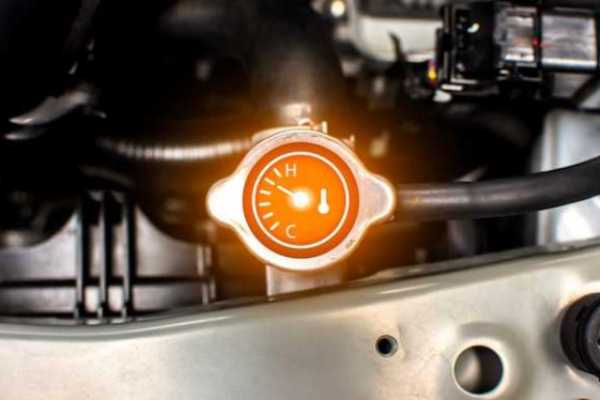Best Fuel-Efficient Cars in 2025
As the world shifts towards a more sustainable future, the demand for eco-friendly vehicles is on the rise. In 2025, various innovative car models will emerge, focusing on improving fuel efficiency while minimizing environmental impact. These vehicles are designed to help you save on fuel costs without sacrificing performance or comfort. Among the key metrics…









